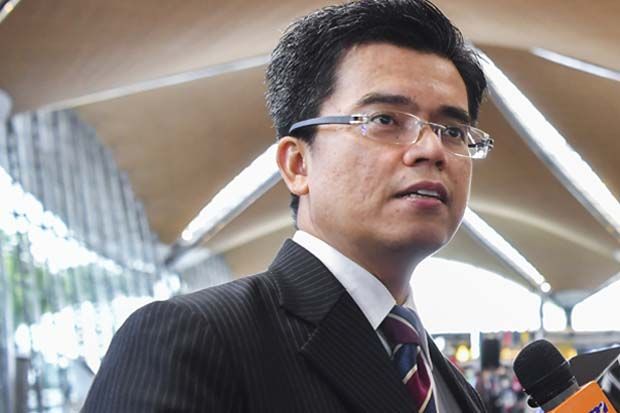21 January 2021
Malaysia Airports Holdings Bhd (MAHB), which went on an aggressive cost-cutting mode last year, has earmarked RM400mil for capital expenditure this year as it gears up for an air travel recovery by 2023.
Among plans in the pipeline are big-ticket items such as the upgrading of its baggage handling system (BHS) and the replacement of aerotrains at the Kuala Lumpur International Airport (KLIA).
Its longer-term plan would be to stretch KLIA’s current capacity of 30 million passengers per annum to 50 million.
This is part of the group’s five-year strategic plan where it will focus on survival for the first two years and recovery over the next three years.
Group chief executive officer Datuk Mohd Shukrie Mohd Salleh said the first two years would revolve around asset replacement, which were critical to ensure that its business is ready when the traffic comes back.
“It is very important that we forge ahead with the mission critical projects so that we do not compromise on service levels and to ensure that our airport is future-ready when travel picks up again.
“Most of these projects are centred around KLIA as it is our flagship airport. Nevertheless, due to the fluidity of the situation, we will periodically review our expenditure and adjust it accordingly as we navigate through the year, ” he told a virtual media briefing.
Shukrie said MAHB had previously planned to divest a portion of its investment in India to use the money to expand somewhere else but since the market was and is still depressed, it decided to play it safe because a divestment would not fetch a good price either.
“I would rather preserve whatever that we have now. We have a big capex coming and we would rather play it safe and focus on what we have, ” he said.
Before Covid-19 reared its ugly head last year, MAHB’s initial plans were to spend RM1.8bil in capex, which was then reduced to RM320mil and eventually it only spent RM180mil.
These were for key projects such as network upgrade, Runway 3 rehabilitation and washroom refurbishment.

Most of the RM400mil allocation this year will be for the first leg of the BHS and the aerotrains, with the remaining capex to go into facial recognition technology, MAHB’s Airport Collaborative Decision Making project and to upgrade its airport surveillance cameras to incorporate artificial intelligence.
The tender process for the BHS is ongoing and is expected to be awarded soon.
“The BHS will be 30% faster than the existing one we have. In terms of capacity, it should be able to handle about 50 million passengers per annum, compared to the current 30 million.
“It will take a couple of years to complete because a brownfield project is a lot more complicated.
“The aerotrain replacement is currently being evaluated. We expect to deliver the first train by the second quarter of 2023 and the second train by the second quarter of 2024, ” Shukrie said.
He added that the new aerotrains would improve the capacity by about 30%, from 4,200 passengers per hour to 5,400 passengers.
MAHB is also planning for a regeneration of the Sultan Abdul Aziz Shah Airport in Subang, which will see the 485.62ha of land surrounding the airport being redeveloped over a 30-year period into a business aviation hub with an aerospace ecosystem that includes maintenance, repair and overhaul facilities, as well as an aerotech park.
Shukrie also stressed that MAHB would continue its cost-saving initiatives, optimise its current resources and revisit every expenditure and would try to push ahead with increasing its efficiency.
Liquidity wise, he said, MAHB is comfortable at the moment and do not foresee much liquidity risk from 2021 to 2023.
“We are optimistic that with the availability of vaccines in the second half of this year and perhaps more concrete plans on the implementation of travel bubbles, we will start to see continued gradual recovery, ” Shukrie said, adding that MAHB’s projection was about 60% to 70% of pre-Covid-19 levels.
In terms of overall profitability, he said it depended on how soon the borders could reopen because the group’s financial survival depended on international traffic.
Traffic of purely domestic travellers is only sufficient to cover MAHB’s operations.
“At least, in terms of cash flow, we are not bleeding. Profitability, to an extent, depends on how soon the government opens up the borders.
“The sooner they open and with more international travellers coming in, we should be able to turn around in terms of profitability pretty fast, ” said Shukrie.
MAHB did not take on any retrenchment exercises as a result of Covid-19. Pre-pandemic, the group had slightly over 10,000 employees in Malaysia and about 600 in Turkey.
Its total workforce is now about 9,000, with the reduction due to natural attrition.
Source: thestar.com.my
Site Search
Did you find what you are looking for? Try out the enhanced Google Search: